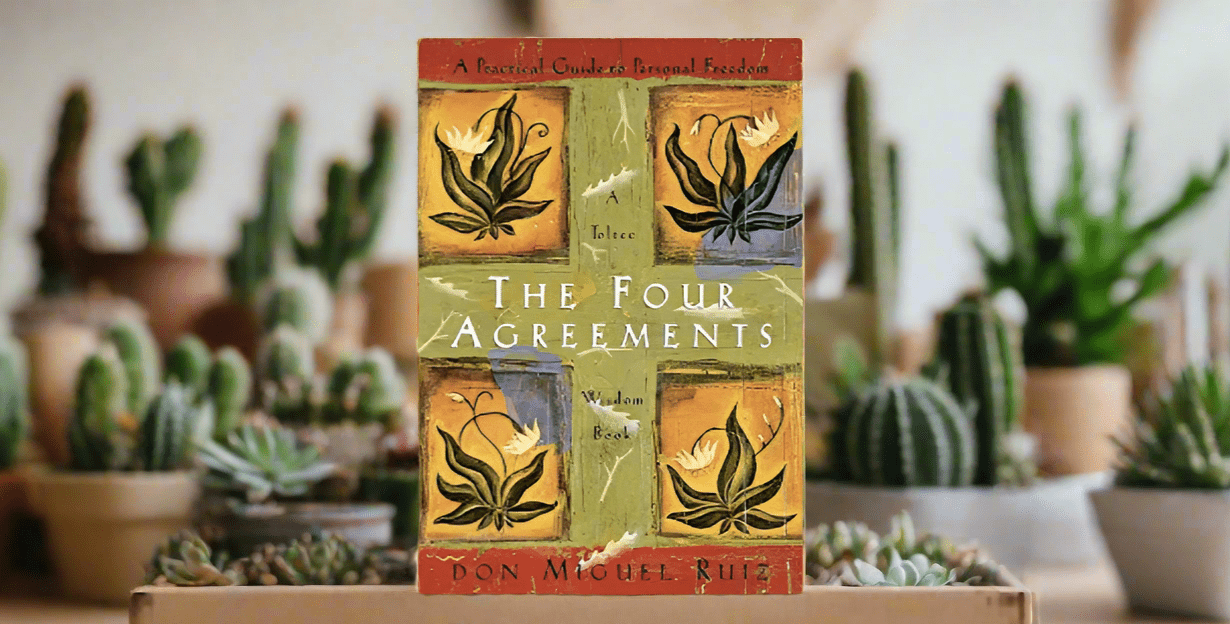Growing plants in Palm Springs isn't like anywhere else.
The desert has its own rules. After 50+ home visits, I've figured out what actually works. No fluff, just straight-up tactics that keep your indoor plants healthy when it's blazing outside.
1. HUMIDITY ZONES BEAT HUMIDITY TRAYS
Forget those pebble trays. They barely help when your AC is cranked to 68°. Create humidity zones instead. Group your moisture-loving plants together, and they'll create their own mini-climate. It's teamwork at its best.
Pro move: Place a small USB humidifier in the center of your plant group. One $30 humidifier can support 6-8 medium plants. Run it for 3 hours in the morning, and you're set for the day.
2. THE 50% RULE FOR DESERT LIGHT
Palm Springs sunlight is intense. Brutal, even. That "bright indirect light" advice from plant blogs? Cut it in half for desert homes. Most tropical plants that love "bright indirect light" elsewhere need "medium indirect light" here.
Place plants 5-7 feet from south/west windows instead of 3-4 feet. Or use sheer curtains to soften that intense desert sun. Your plants' leaves will thank you by not getting crispy edges.
3. BOTTOM WATERING IS ESSENTIAL
In low-humidity environments, top watering is a mistake. The water evaporates before it even reaches the roots. Bottom watering is the MVP technique in the desert.
Set your pot in 2 inches of water for 20-30 minutes. The soil will absorb exactly what it needs through natural absorption. No guesswork, no overwatering, no dry spots. Simple science, big results.
4. SOIL MATTERS MORE THAN YOU THINK
That bag of potting soil from the big box store? It's not enough here. Desert homes need special soil mixes that hold moisture without staying soggy. Here's my go-to blend that's saved countless plants:
- 50% high-quality potting mix
- 20% pumice (not perlite, which floats to the top)
- 20% coconut fiber (pre-soaked)
- 10% horticultural charcoal
This mix holds moisture while letting oxygen reach the roots. It's the desert plant's best friend.
5. SCHEDULE YOUR CARE WITH THE SEASON
Palm Springs has two growing seasons, not four. Adapt your care to match:
- October-May (Growing Season): Regular fertilizing, more frequent watering, repotting, propagation
- June-September (Survival Season): No fertilizer, minimal repotting, focus on stable conditions
Working with these natural cycles cuts plant stress in half. It's not about fighting the desert—it's about working with it.




